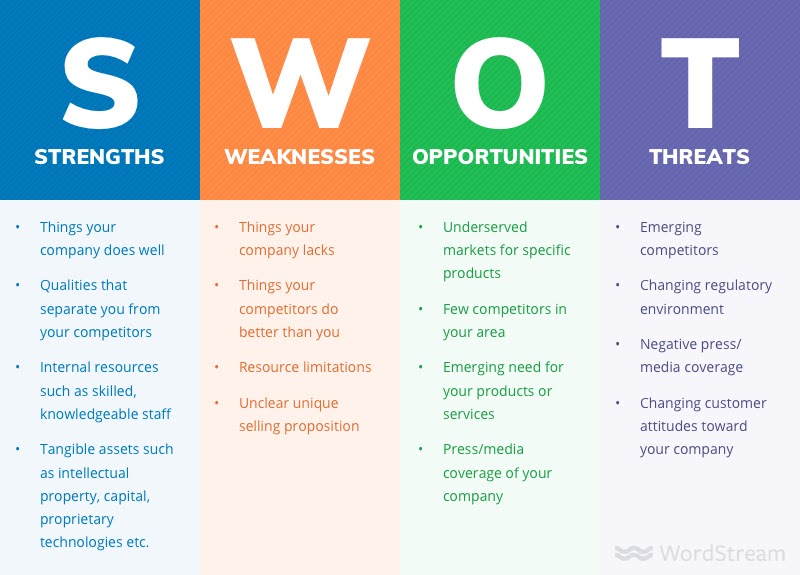Conducting a SWOT analysis is a crucial step for any business aiming to understand its position in the market and develop effective strategies for growth. SWOT stands for Strengths, Weaknesses, Opportunities, and Threats. By examining these four aspects, businesses can gain valuable insights into their current performance and future potential. In this article, we'll guide you through the process of conducting a comprehensive SWOT analysis for your business.
Understanding SWOT Analysis
A SWOT analysis is a strategic planning tool that helps businesses identify internal and external factors affecting their success.
- **Strengths** are internal attributes that give your business a competitive edge.
- **Weaknesses** are internal factors that may hinder your business’s performance.
- **Opportunities** are external conditions that your business can leverage for growth.
- **Threats** are external factors that could negatively impact your business.
Step-by-Step Guide to Conducting a SWOT Analysis
1. Assemble Your Team
Start by gathering a diverse team from different departments within your organization. This ensures a comprehensive view of your business from multiple perspectives. Include members who are familiar with the company's operations, marketing, sales, customer service, and strategic planning.
2. Identify Strengths
Begin your SWOT analysis by listing your business's strengths. Consider aspects like:
- Unique selling points (USPs)
- Strong brand reputation
- Loyal customer base
- Skilled workforce
- Advanced technology or proprietary processes
Strengths are internal factors that your business excels in and can leverage to gain a competitive advantage.
3. Pinpoint Weaknesses
Next, identify the areas where your business may be lacking. These weaknesses could be hindering your growth and performance. Consider factors such as:
- Limited resources or budget constraints
- Gaps in skill sets or expertise
- Poor location or distribution channels
- Inefficient processes or outdated technology
Being honest about your weaknesses is crucial for developing strategies to address them.
4. Explore Opportunities
After identifying strengths and weaknesses, turn your attention to external opportunities that could benefit your business. These could include:
- Emerging market trends or customer needs
- Technological advancements
- Changes in regulations or policies
- Potential partnerships or collaborations
Opportunities are external factors that your business can capitalize on to drive growth and expansion.
5. Assess Threats
Finally, evaluate external threats that could pose challenges to your business. Consider aspects like:
- Economic downturns or market volatility
- Increasing competition
- Changing consumer preferences
- Regulatory changes or compliance issues
Understanding potential threats allows you to develop contingency plans to mitigate risks.
Analyzing and Acting on Your SWOT Analysis
Once you have completed your SWOT analysis, it's time to analyze the findings and develop strategic actions.
1. Leverage Strengths
Use your strengths to take advantage of opportunities. For example, if you have a strong brand reputation, leverage it to enter new markets or introduce new products.
2. Address Weaknesses
Develop strategies to overcome your weaknesses. This might involve investing in employee training, upgrading technology, or streamlining processes.
3. Seize Opportunities
Create action plans to capitalize on identified opportunities. This could include launching new marketing campaigns, exploring new sales channels, or forming strategic partnerships.
4. Mitigate Threats
Develop contingency plans to protect your business from potential threats. This might involve diversifying your product line, securing additional funding, or enhancing risk management practices.
Conclusion
Conducting a SWOT analysis is a powerful tool for understanding your business’s current position and planning for future growth. By identifying strengths, weaknesses, opportunities, and threats, you can develop informed strategies that capitalize on your advantages and mitigate potential risks. Regularly updating your SWOT analysis ensures that your business remains agile and responsive to changing market conditions, paving the way for sustained success.

